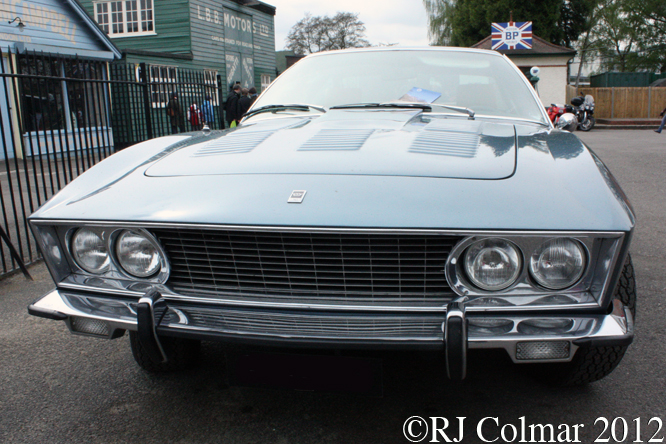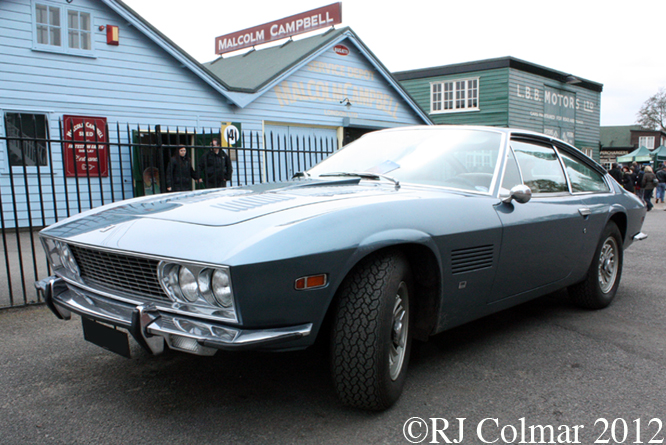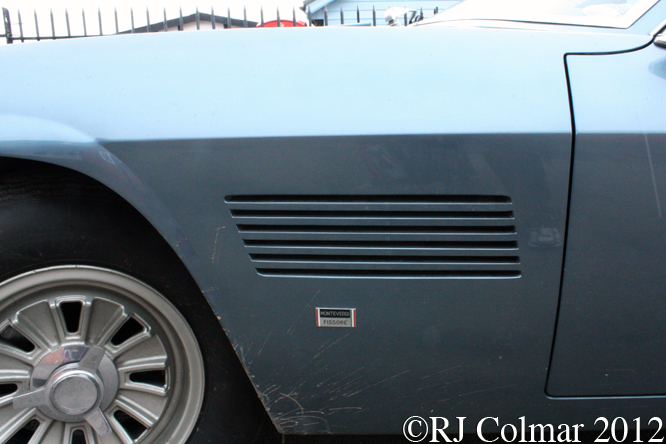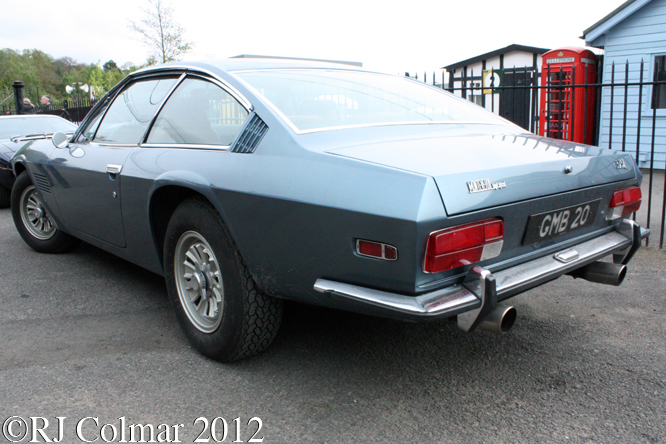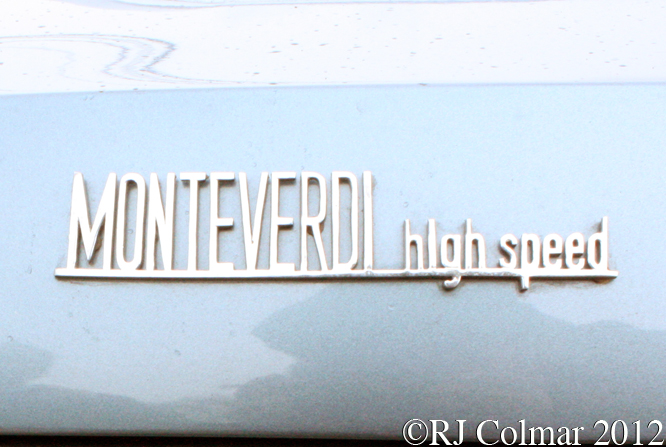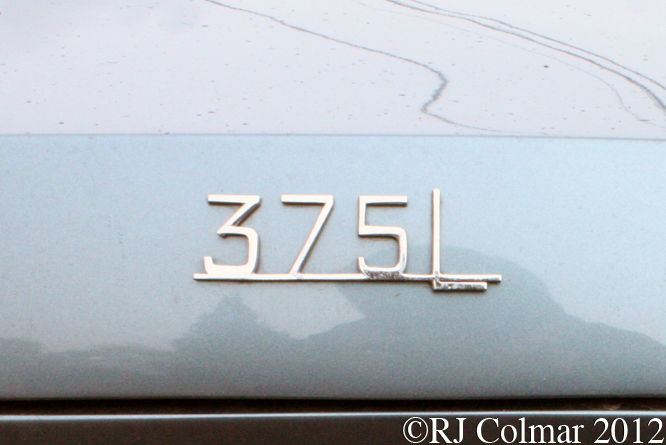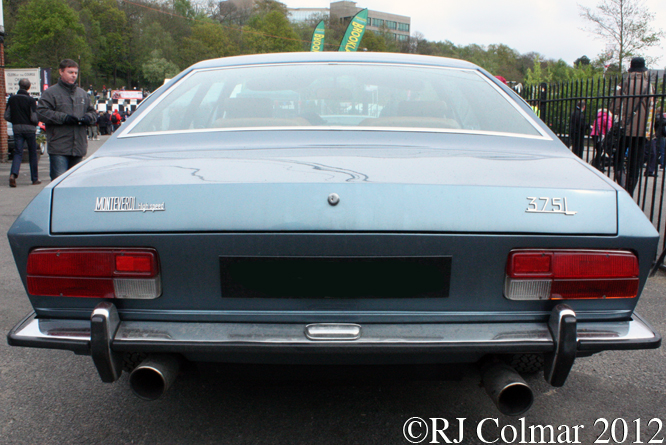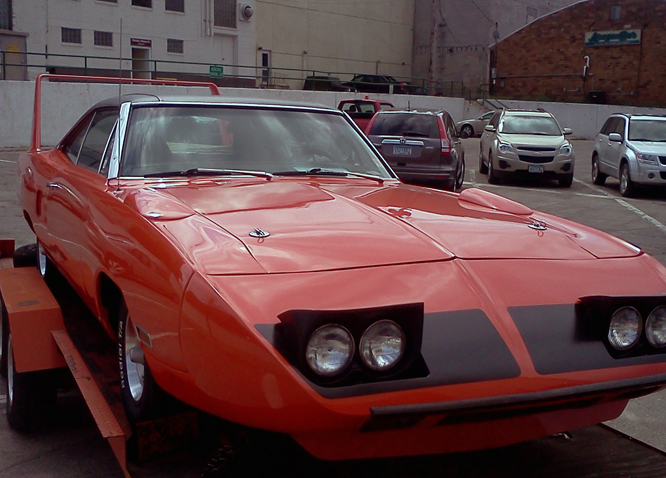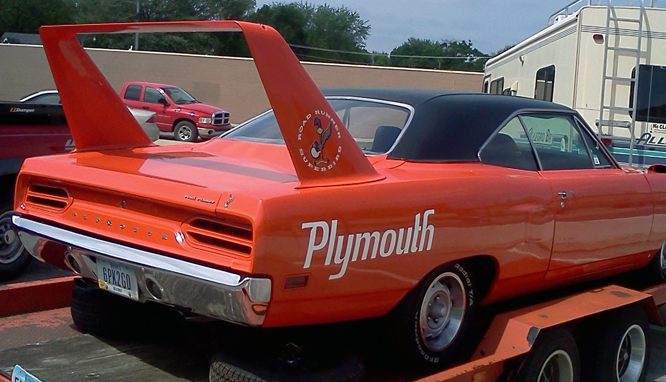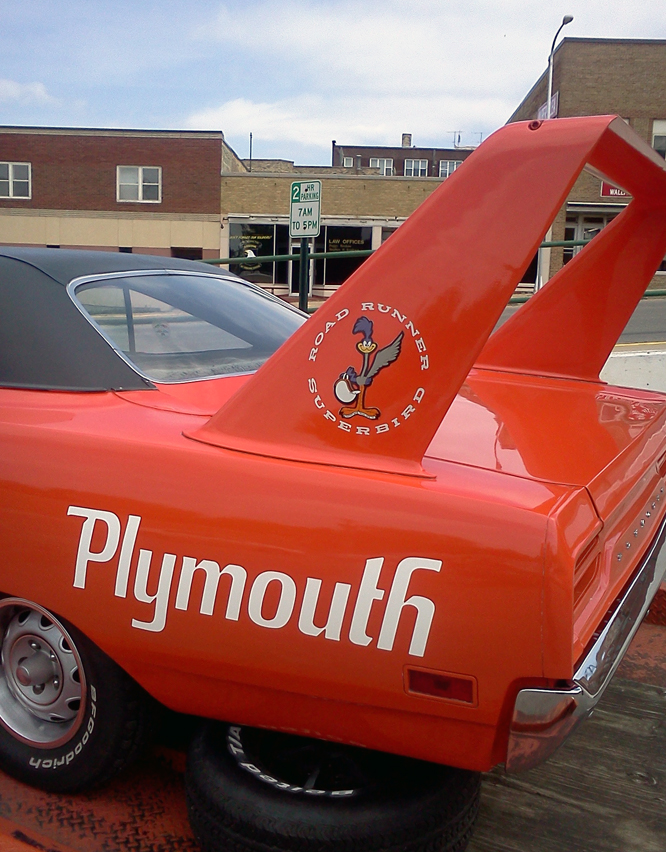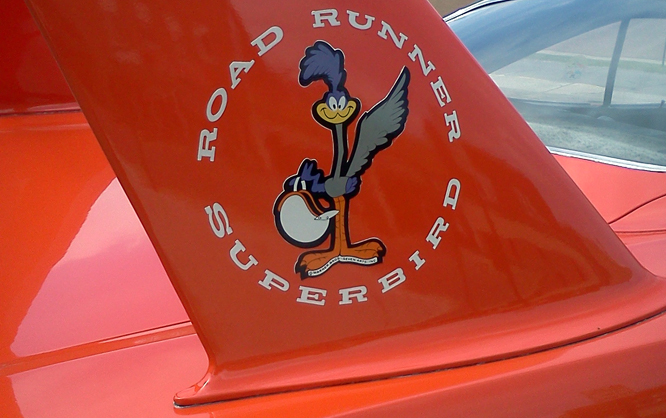The first piece of music to make the hair on the back of my neck stand on end was by James Marshall Hendrix, some time in 1967 I was home alone during the day time so it was probably during the Easter holidays, I was messing about with some extremely uncomfortable ex military bakerlite head phones when the announcer on the radio told us that coming next would be Jimi Hendrix latest hit “Purple Haze”. I unplugged and took off the headphones and turned up the volume control of the radiogram a little in anticipation of something interesting happening.
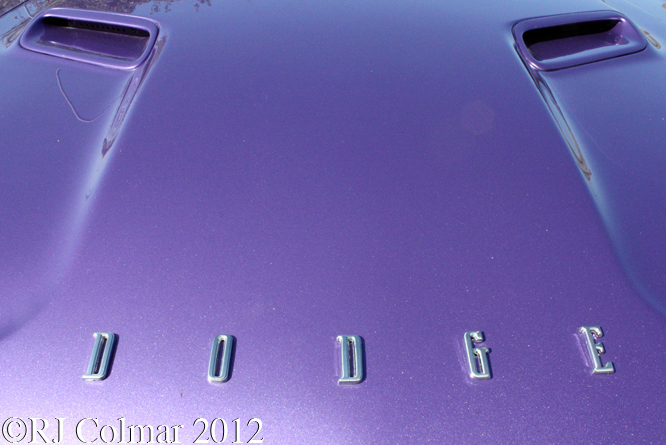
By the time the opening riff blurted out I reached out and did something I had never done before, I maxed out the volume ! By the end of the song I was certainly tuned in and turned on to the Jimi Hendrix Experience even though I had no idea what it was, except it felt really good and I had a new found love for the colour purple and a curiosity for the line “Is this tomorrow or just the end of time ?”
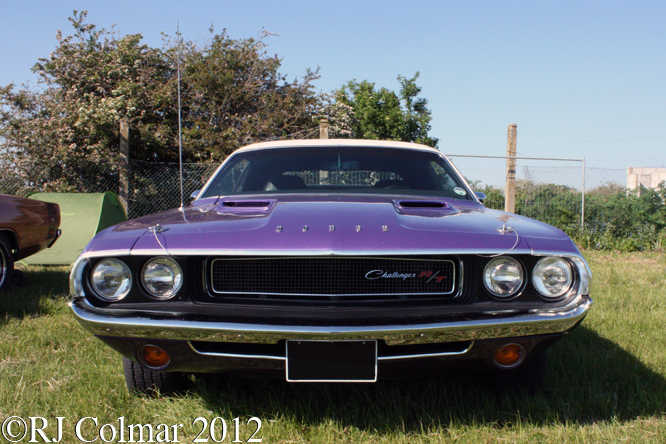
This Tomorrow Or The End Of Time theme is revisited in the 1971 flash back road movie “Vanishing Point” which begins with an all American anti hero Kowolski driving a white 1970 Dodge Challenger R/T 440 Magnum pulling back from a 90 mph impact with a couple of Catepillar bulldozers, that serve as a makeshift police roadblock and vanishing into thin air, before retelling the story of how Kowolski got to the point of staring tomorrow or the end of time in the face.
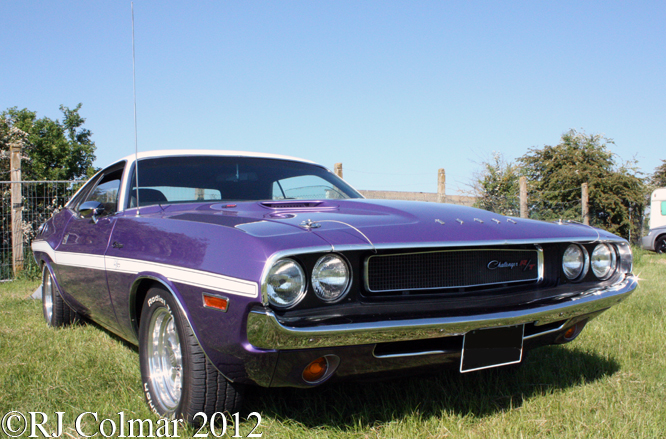
While reading up on the history of the Challenger I was interested to learn that the very first Challenger was actually a limited edition two door body called the Dodge Silver Challenger that was only available in in silver and came fully loaded with premium white wall tyres, full wheel covers, electric windscreen wipers, luxury fabric interior and deep pile carpets through out.
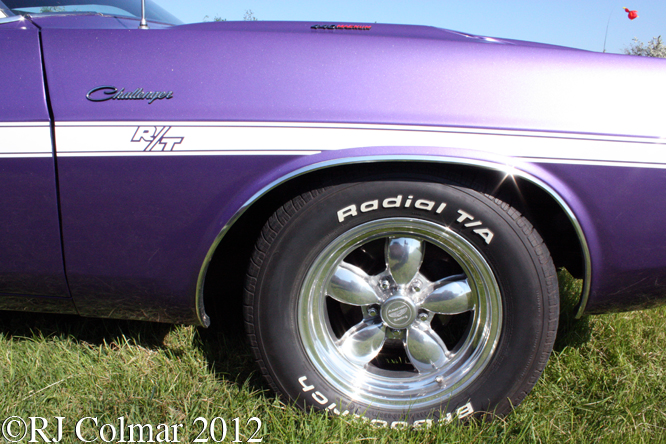
For 1970 Carl Cameron came up with the exterior design for the second generation Challenger, like the Plum Crazy FC-7 1970 example seen here at Shakespeare County Raceway earlier this year. Chrysler had determined that the similar but shorter Plymouth Barracuda should belatedly compete with the Mustang and Camaro and the Dodge Challenger should compete with the Mercury Cougar and Pontiac Firebird in the pony car market.
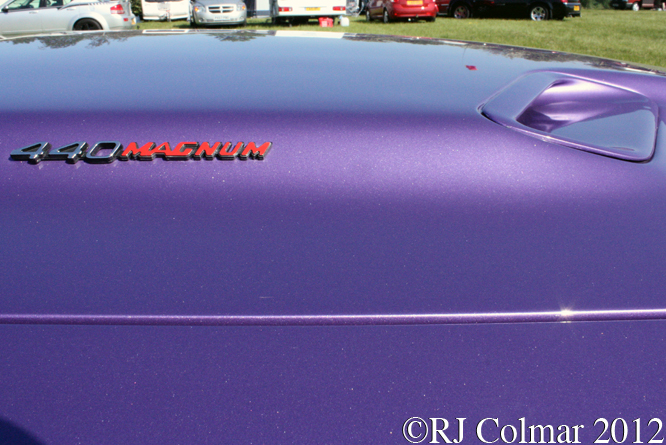
Of the engine options available to Challenger customers there were two 440 cui / 7.2 litre Magnum options one 375 hp with a single four barrel carburetor and one 395 hp with three x two barrel carburetors known as the six pack. The car seen here appears to be the 375 hp option as distinguished by the air scoop which on the more powerful six pack models sits on top of the carburetor intakes in the center of the bonnet hood.
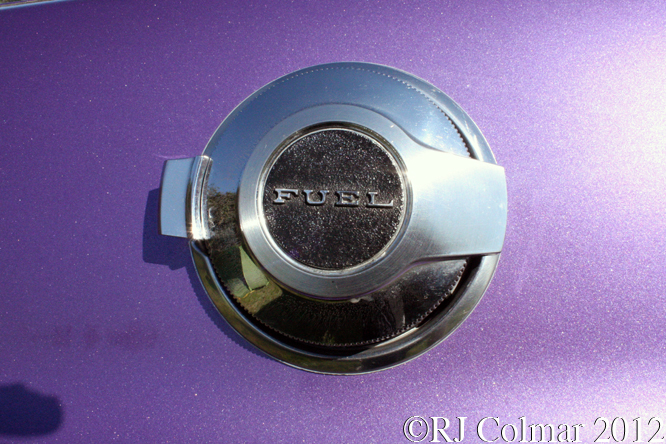
Because of low sales volumes of the larger engine Challengers they have become extremely collectable, especially if the engine and chassis numbers match the original factory records. Within the pony car segment this late arrival did well to sell 76,935 copies in 1970 after which sales plummeted to less than 30,000 a year until the model was discontinued in 1974.
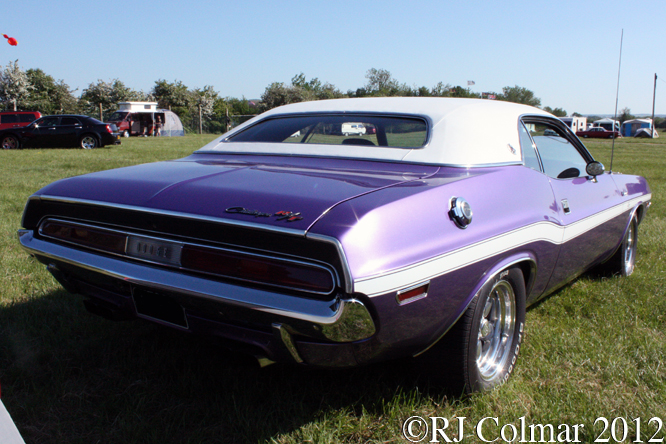
Attractive though the Mustangs and Camaros are for my money the Challenger is the most desirable of all the muscle pony cars, there is something about it’s lines that are simply a little less fussy, a little smoother and more refined that look a bit further forward than all the others seen on pony cars in my humble opinion.
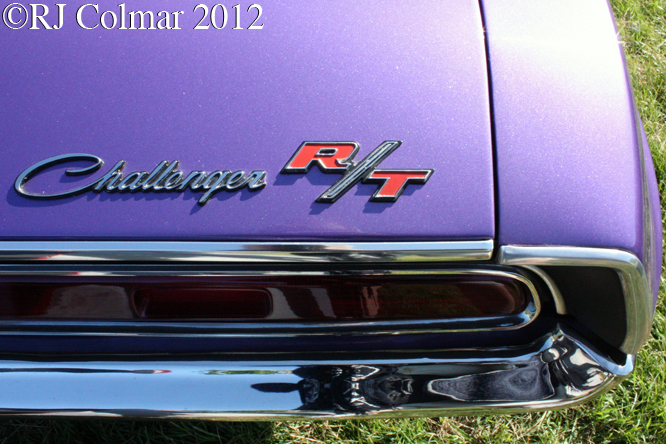
The Challenger R/T with the 440 Magnum as seen here and in the original 1971 version of Vanishing point was capable of covering a quarter mile in 13.8 seconds by which time it would be touching 102 mph, the 440 Magnum was only listed for the 1970 model year though it was available as a special order in 1971.
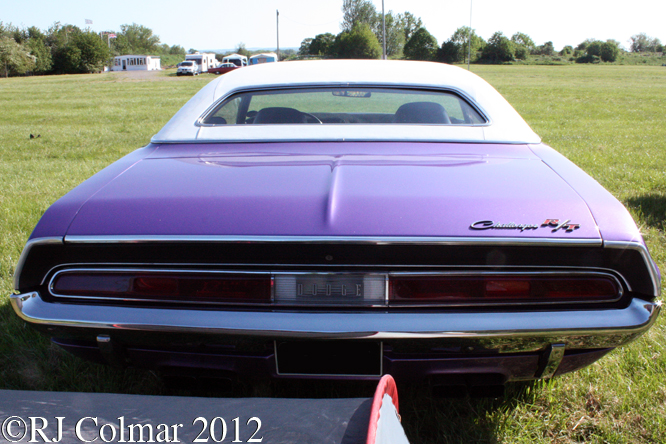
When Kowolski approached the point of no return at the end of Vanishing Point he had a choice to turn back and see what the tomorrow would bring or to keep going further and faster into oblivion, giving up the struggle of life, forgetting not to let a few bad moments spoil a bunch of good ones and disappear into the end of time. I guess if you don’t know what happened next you’ll just have to see the film for your self to find out.
Thanks for joining me on this “Tomorrow Or The End Of Time” edition of “Gettin’ a li’l psycho on tyres” I hope you’ll join me for Ferrari Friday tomorrow. Don’t forget to come back now.

